By the 1980s, Jell-O saw the writing on the wall. As sales gradually decreased. and variety of flavors were on the inevitable chopping block. The company’s bright and hopeful forecast of ever-increasing expansion was thwarted by numerical realities of the consumer market. Jell-O didn’t have as big of an appeal as it projected, their idea of a world where every mealtime had a serving of Jell-O, was simply out of the question. Yet before Jell-O got to this sad realization, it came up with some really interesting flavors.
Artificial Apple

At the peak of processed foods, the mid-century era was the debut of Jell-O’s artificial apple flavor. Promoting an artificial product would be crazy nowadays, but companies were trying to experiment and work with new processes, and advertising this factor was seen as a marketing edge. What it tasted like, it’s hard to say. One has to assume it tasted like those green sour apple candies. After its release in 1955, it was quickly pulled from the market a few years later.
Decaffeinated Coffee
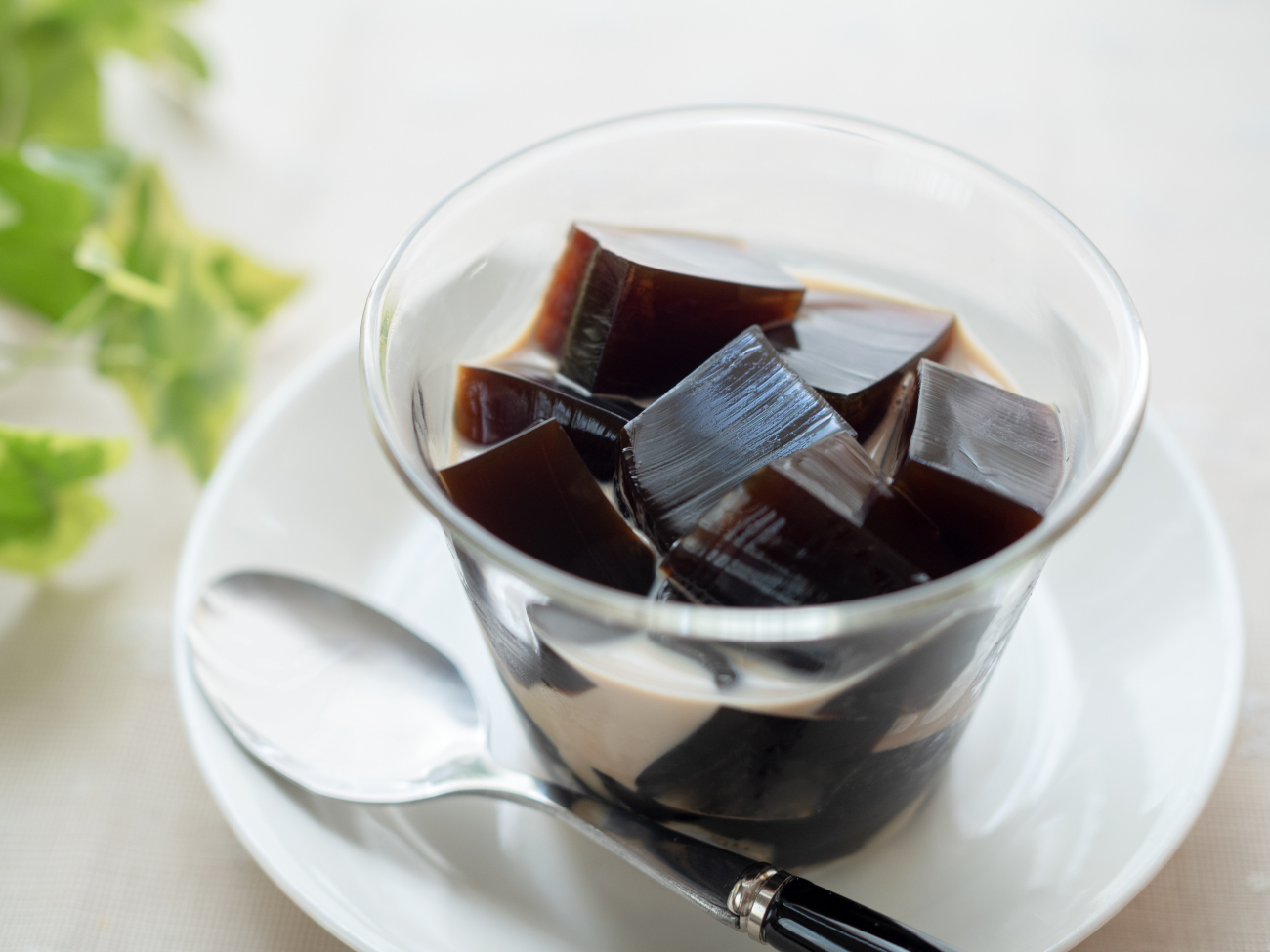
Released in 1918, coffee flavor gelatin seemed like a surefire win, Americans loved their cup of Joe. The Jell-O company tested the waters, releasing this flavor in specific regions only, yet this did not see the expected results Jell-O was hoping for. When people drink coffee, people generally expect (or need) the caffeine that accompanies it. Coffee-flavored Jell-O provided none of the energy jolt one wants with coffee and was gradually pulled from the market.
Italian Salad Dressing
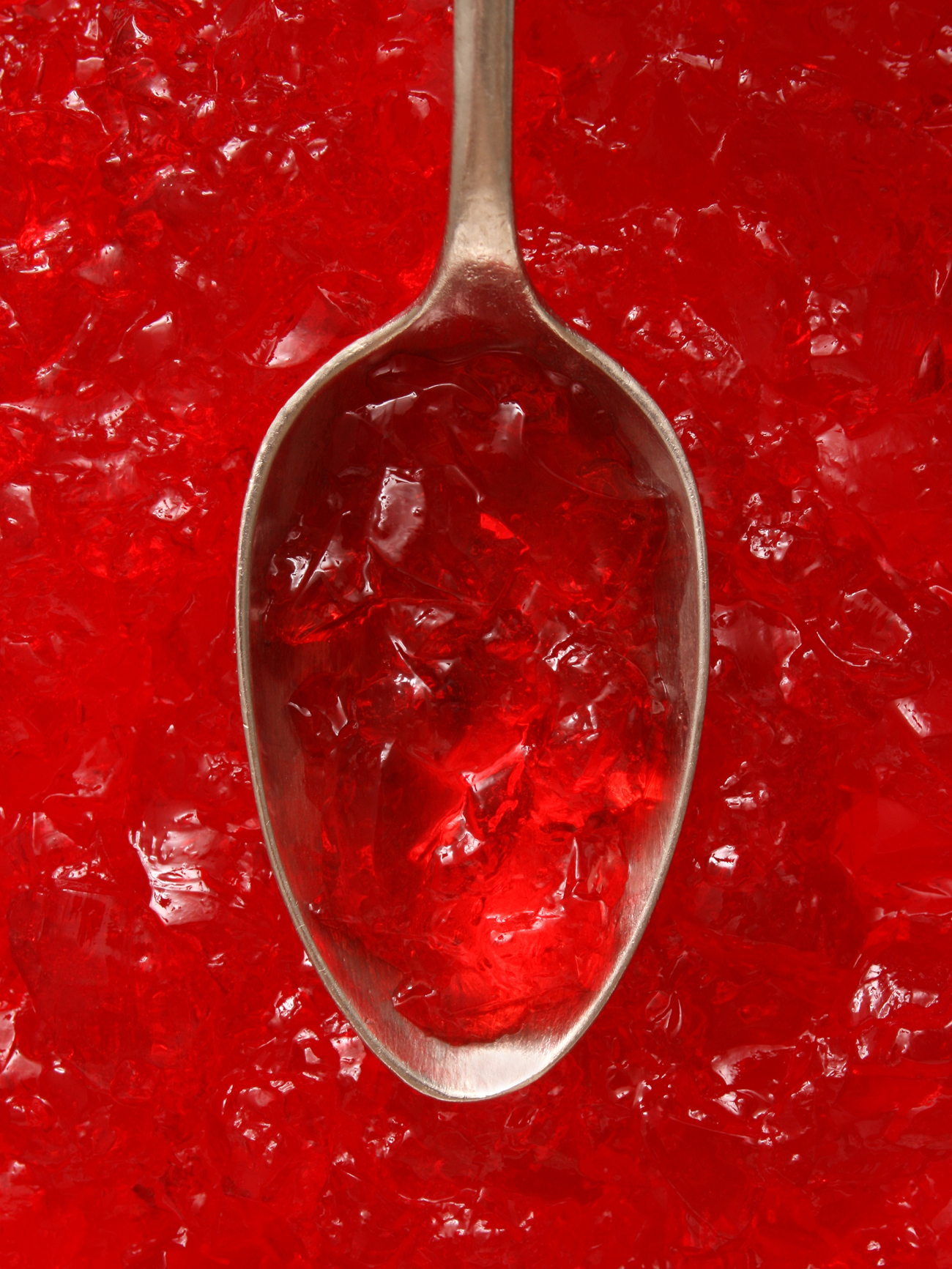
What is slightly disturbing about this flavor is the fact that the Italian salad flavor was manufactured to have the taste of pasta mixed with Italian salad dressing. What does pasta flavor taste like in gelatin form? It’s hard to know exactly what pasta tastes like as a semi-transparent gelatinous state, but it’s safe to say that, unless this flavor mixed with other ingredients (which it probably was), this Italian salad Jell-O would taste quite weird as a standalone flavor.
Maple Syrup
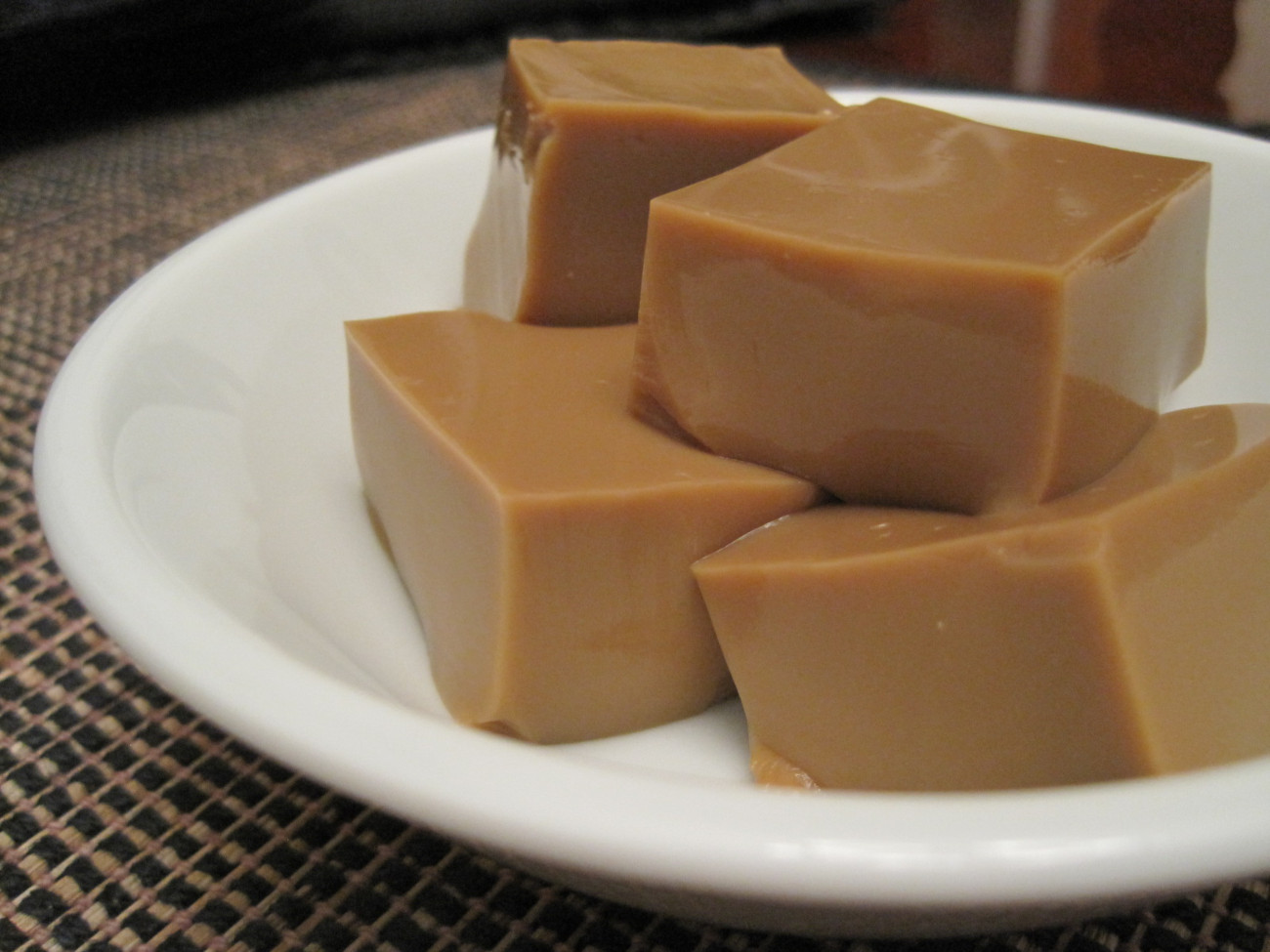
The caramelized sweet taste of maple syrup…in gelatinized form? It doesn’t sound like too bad of an idea. Mixed with walnuts or tart raspberries, paired with a cinnamony bit of cake, and topped with whipped cream would make for a breakfast-themed dessert. Yet this flavor never got the fans it deserved. However, if you think of maple syrup as a flavor, it’s safe to assume that the maple syrup flavor of this Jell-O mix wasn’t exactly hitting the nail on the head. While many Americans prefer the taste of artificial maple syrup, unless it’s done right, the artificial flavor and aftertaste can be too overpowering.
Wild Berry
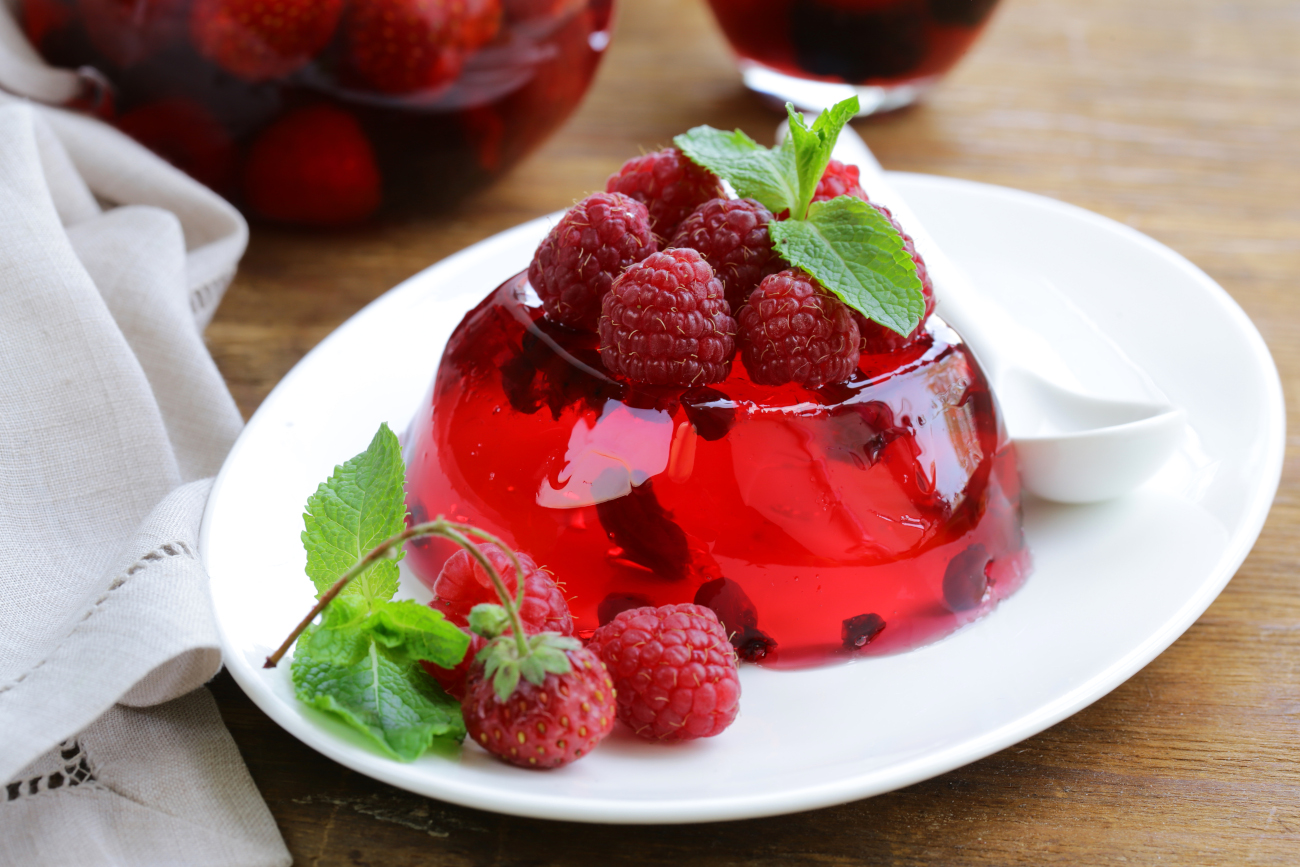
Ask anyone who grew up with the wild berry flavors from the past, and you’re sure to find diehard fans. This trio of wild berries — cherry, raspberry, and strawberry — were always described as slightly sweeter and tarter than their original counterparts. Made in 1968, their more intense flavor was supposed to become standards, but it doesn’t seem like the series survived into the 70s.
Mixed Greens
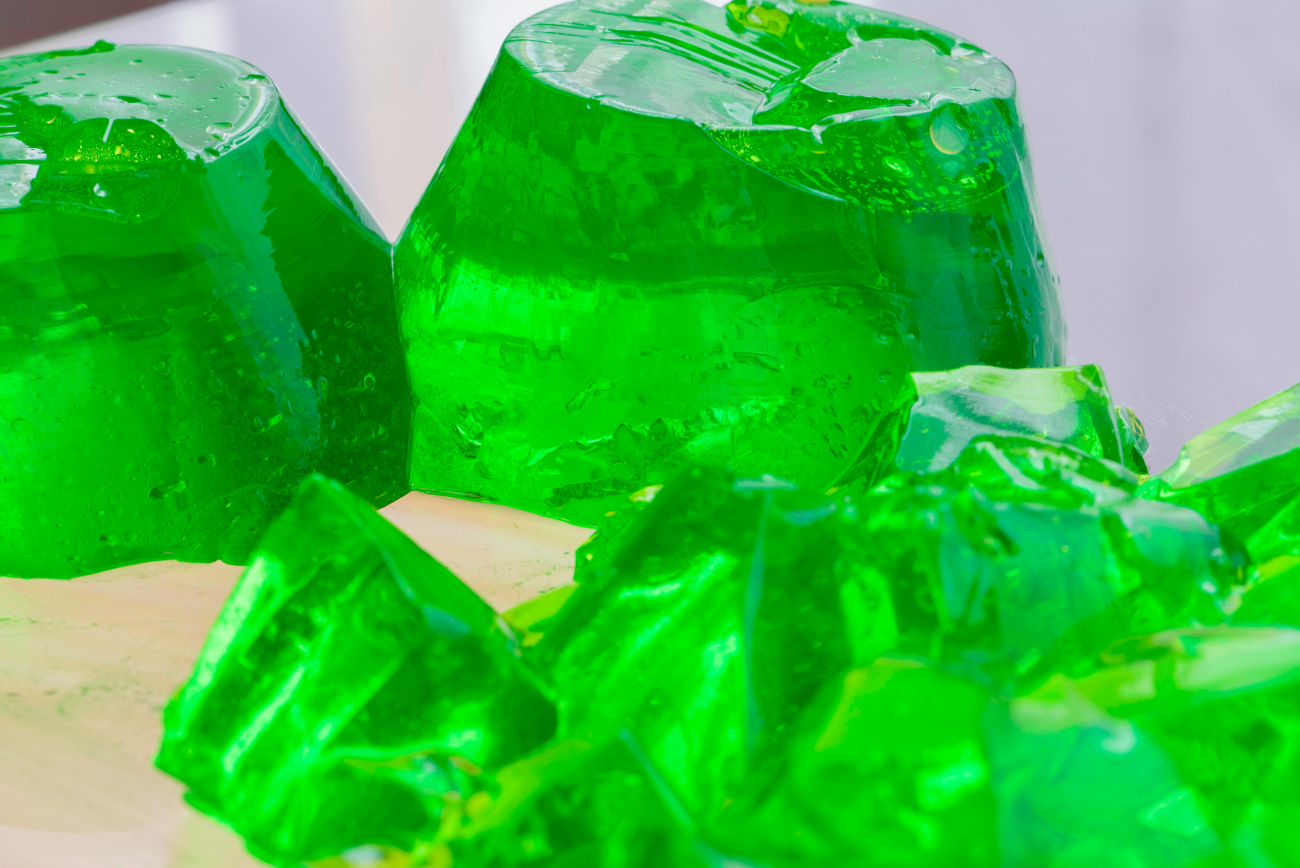
Alongside the later-mentioned Italian, and seasoned tomato Jell-O mixes, the mixed vegetable flavor was a part of Jell-O’s savory line of mid-century flavors. By the 1960s, savory Jell-O salads were in their golden era where chicken, fish, and veggie ingredients were packed into molded gelatin delicacies. These savory flavors were supposed to complement the ingredients you added to the Jell-O or act as a vegetable side dish to your dinner. The flavors from this line were gradually withdrawn from the market, and there’s little record of their taste. What mixed vegetables tasted like is a mystery, but it’s easy to presume that this flavor was a muddled mix greens or lettuce.
Jell-O 1-2-3
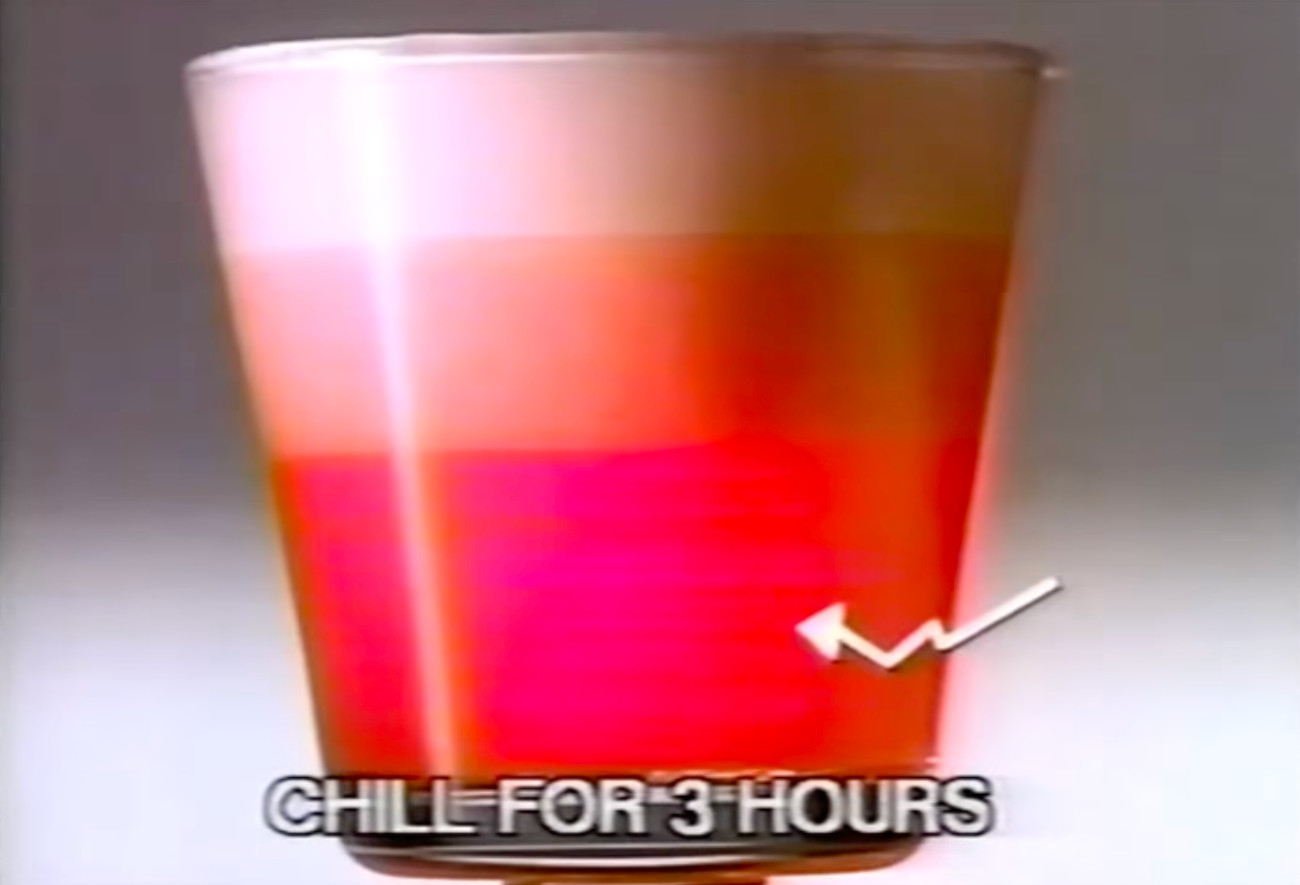
At a certain point in the 1960s, one has to wonder if Jell-O was throwing a variety of flavors at the wall to see what would stick. Just after the wild berry series was released in 1968 the Jell-O 1-2-3 line of flavors was released. What exactly was Jell-O 1-2-3? It was one mix that, once it firmed up for three hours, separated into three distinct colored layers. This was supposed to appeal as an easy dinner party entertainment dessert, where the homemaker could set it and forget it. But it was a far cry from the classic Jell-O-making format. It required you to use a blender to mix the powder with hot water on a low speed then a high speed, and then fill the blender with ice-cold water to blend for another minute. After this you had to pour small portions of the mixture into the glasses, wait for a minute, continually filling the glasses with this pour-pause rhythm. And finally, you set the glasses in the refrigerator to chill for three hours. This bizarre and meticulous step was far harder than it was marketed to be and it was easy to see how this Jell-O flavor was discontinued.













